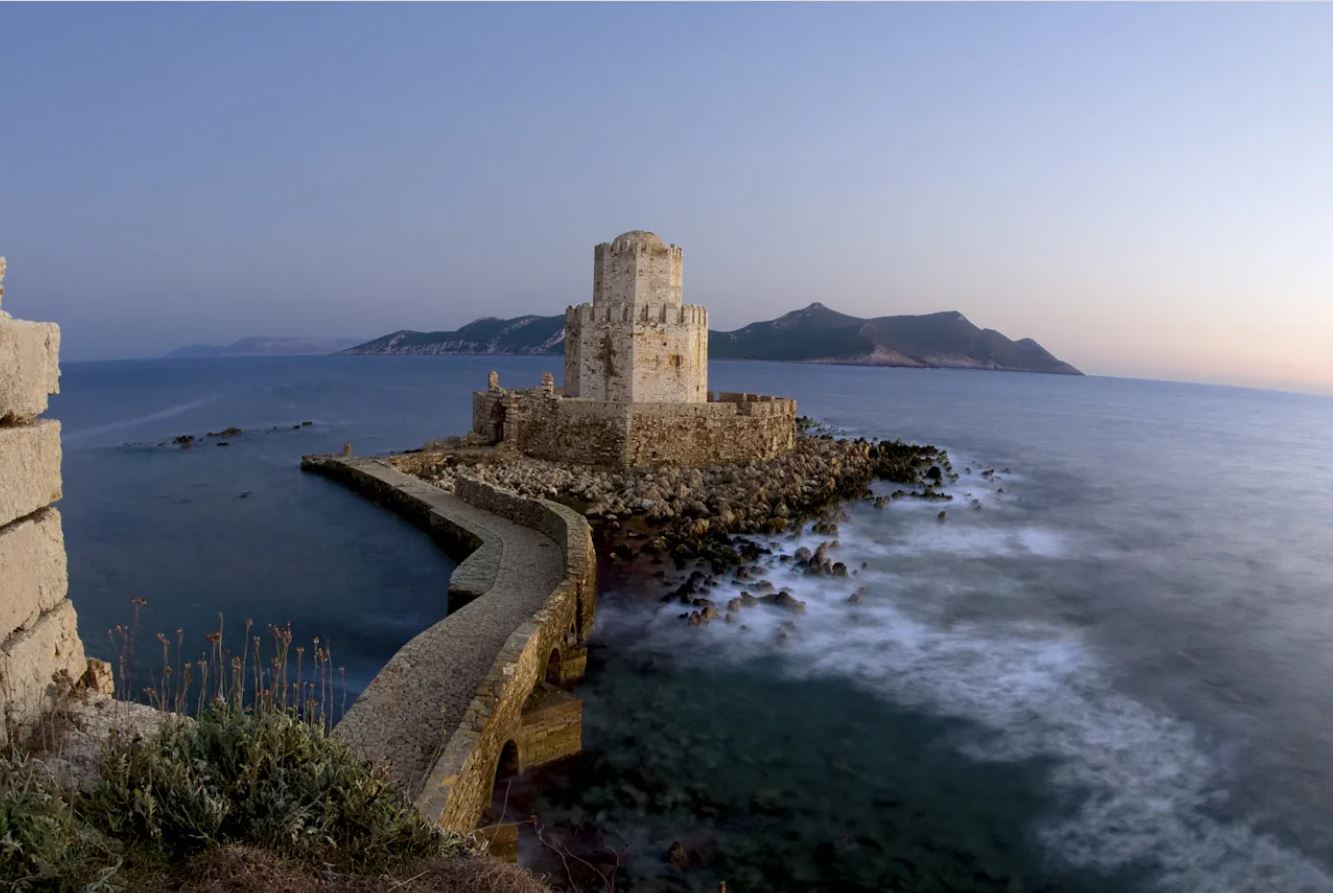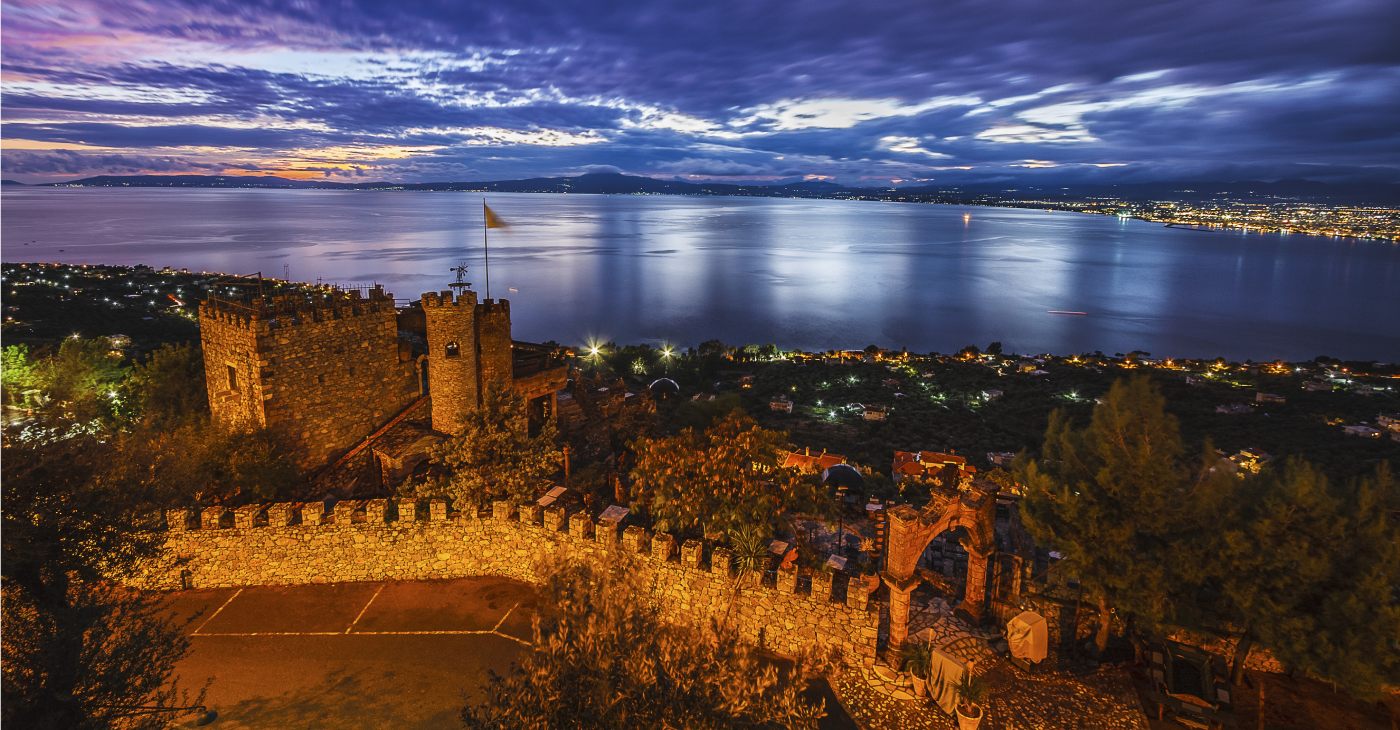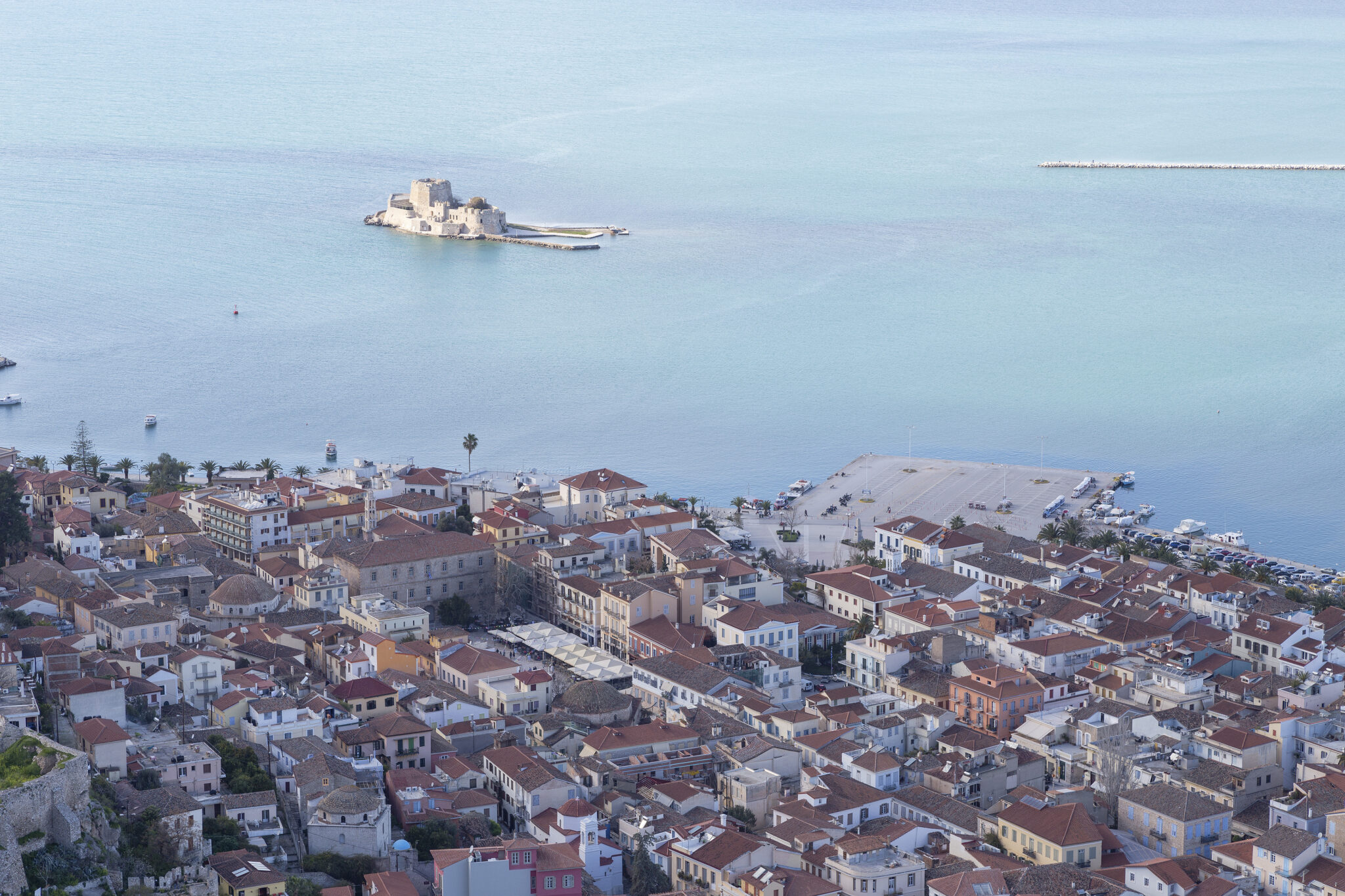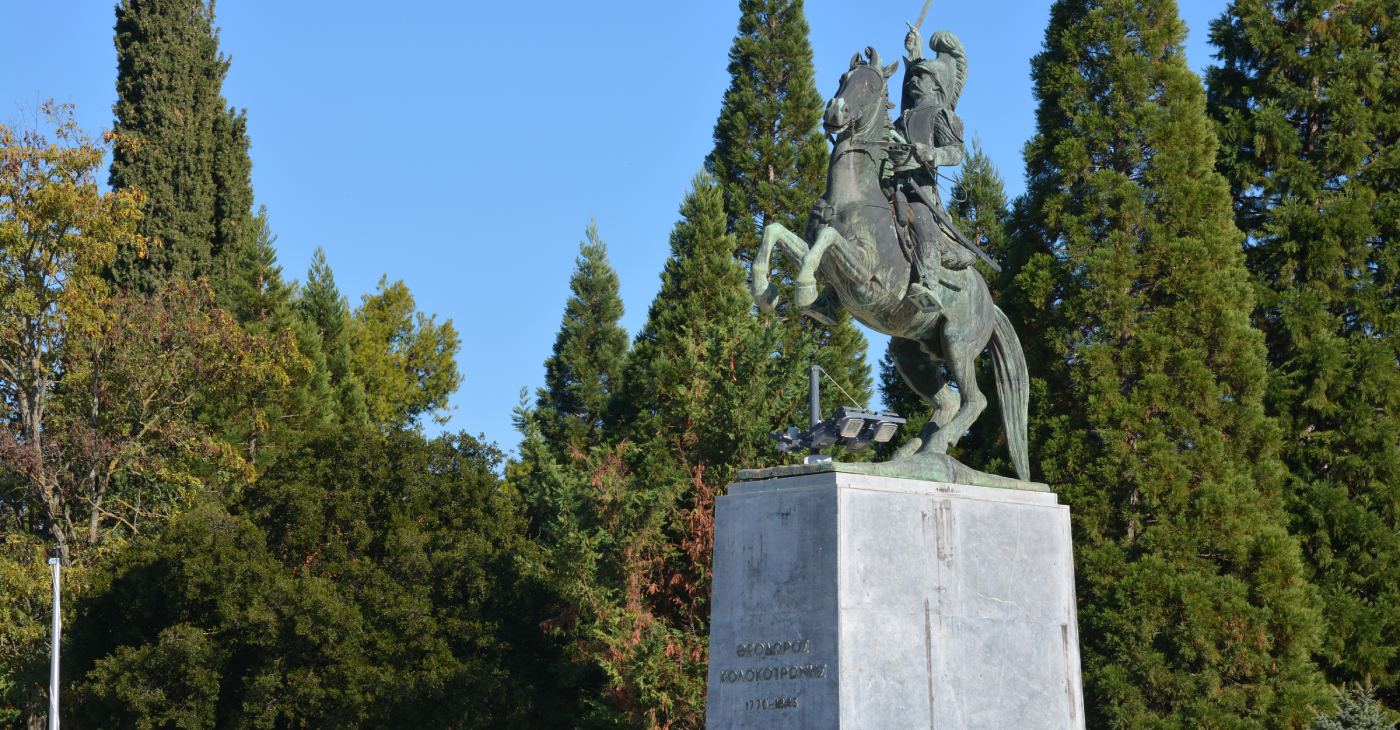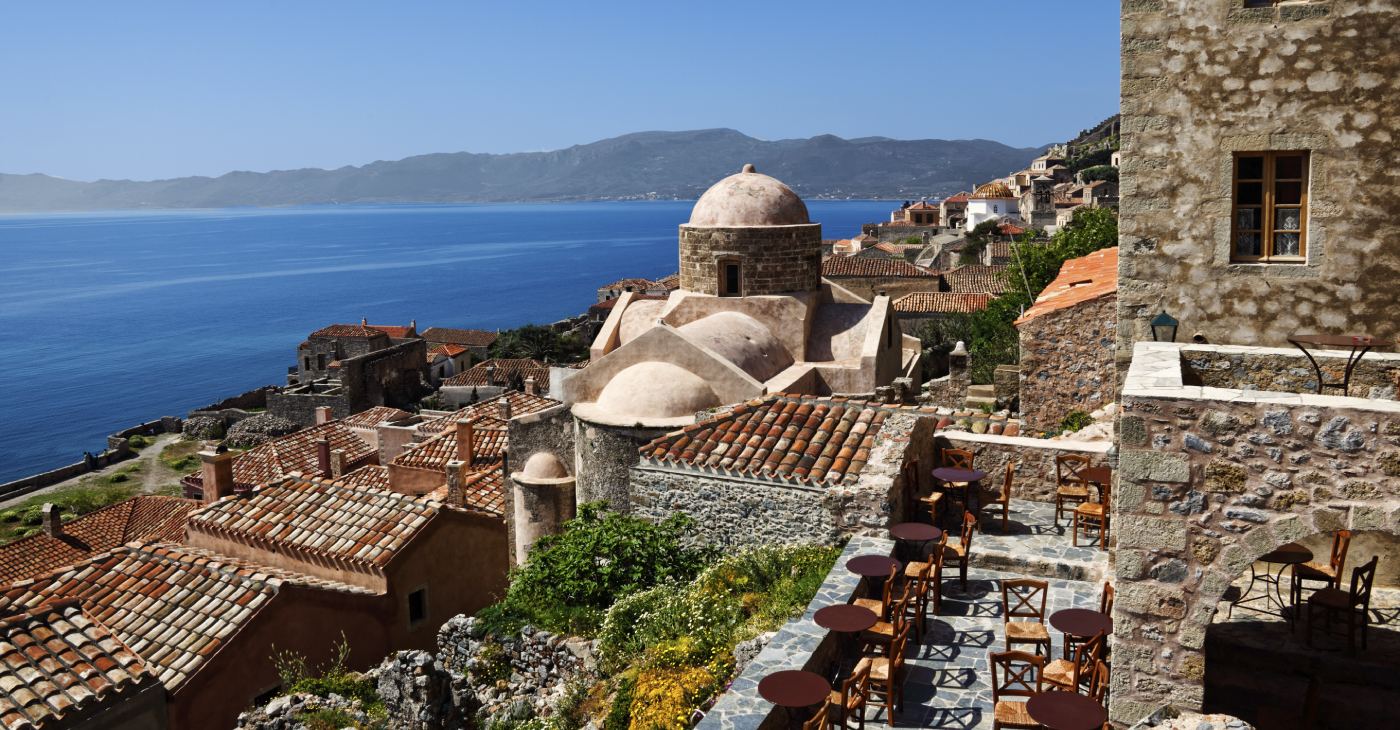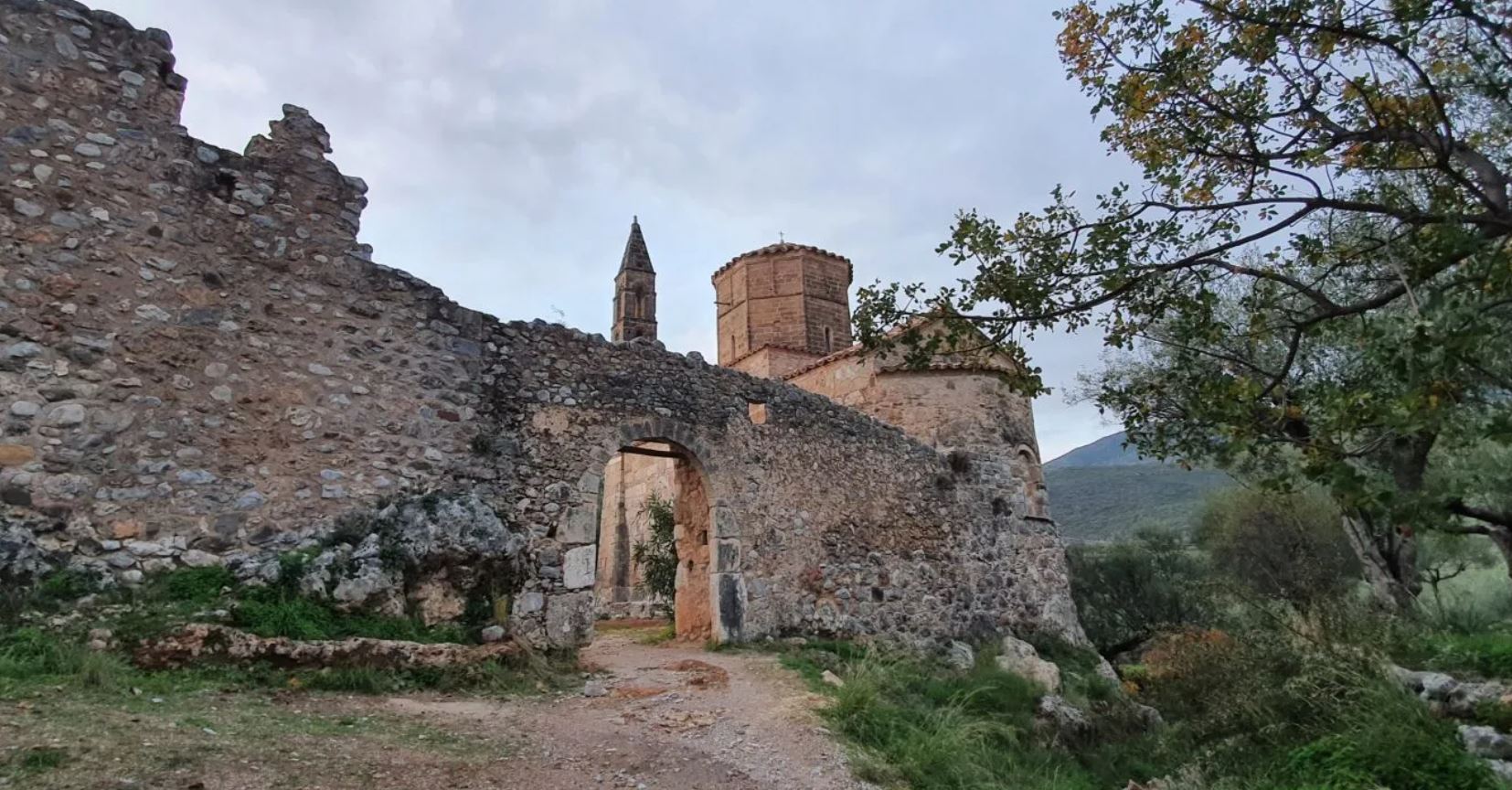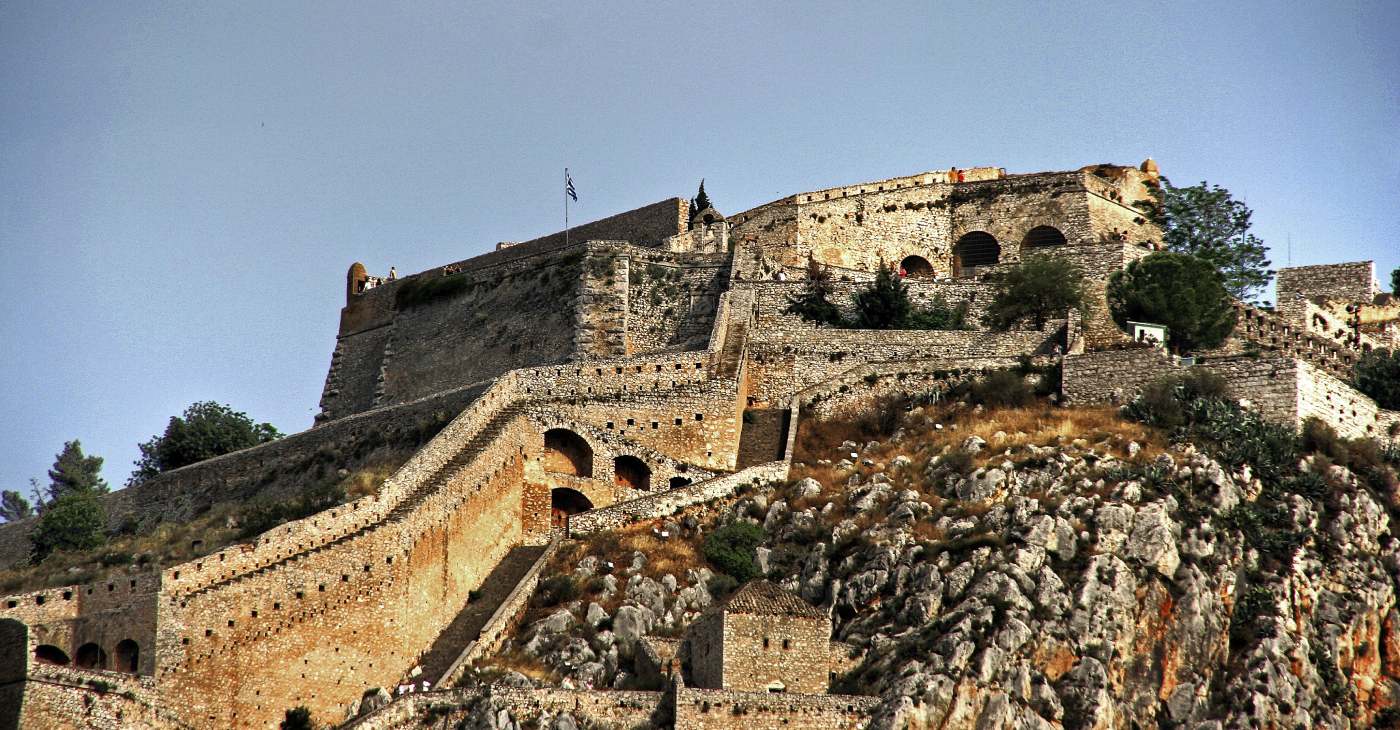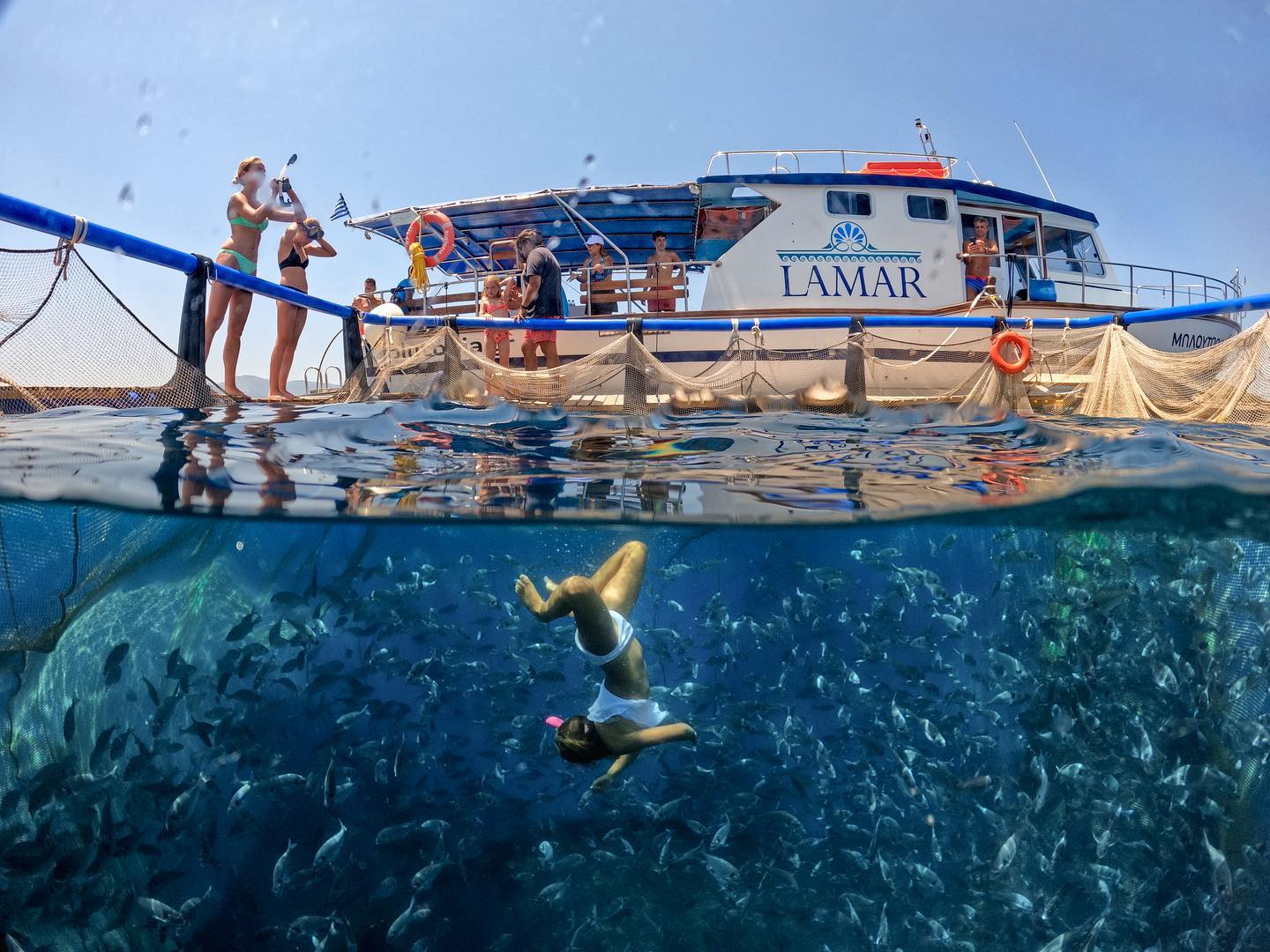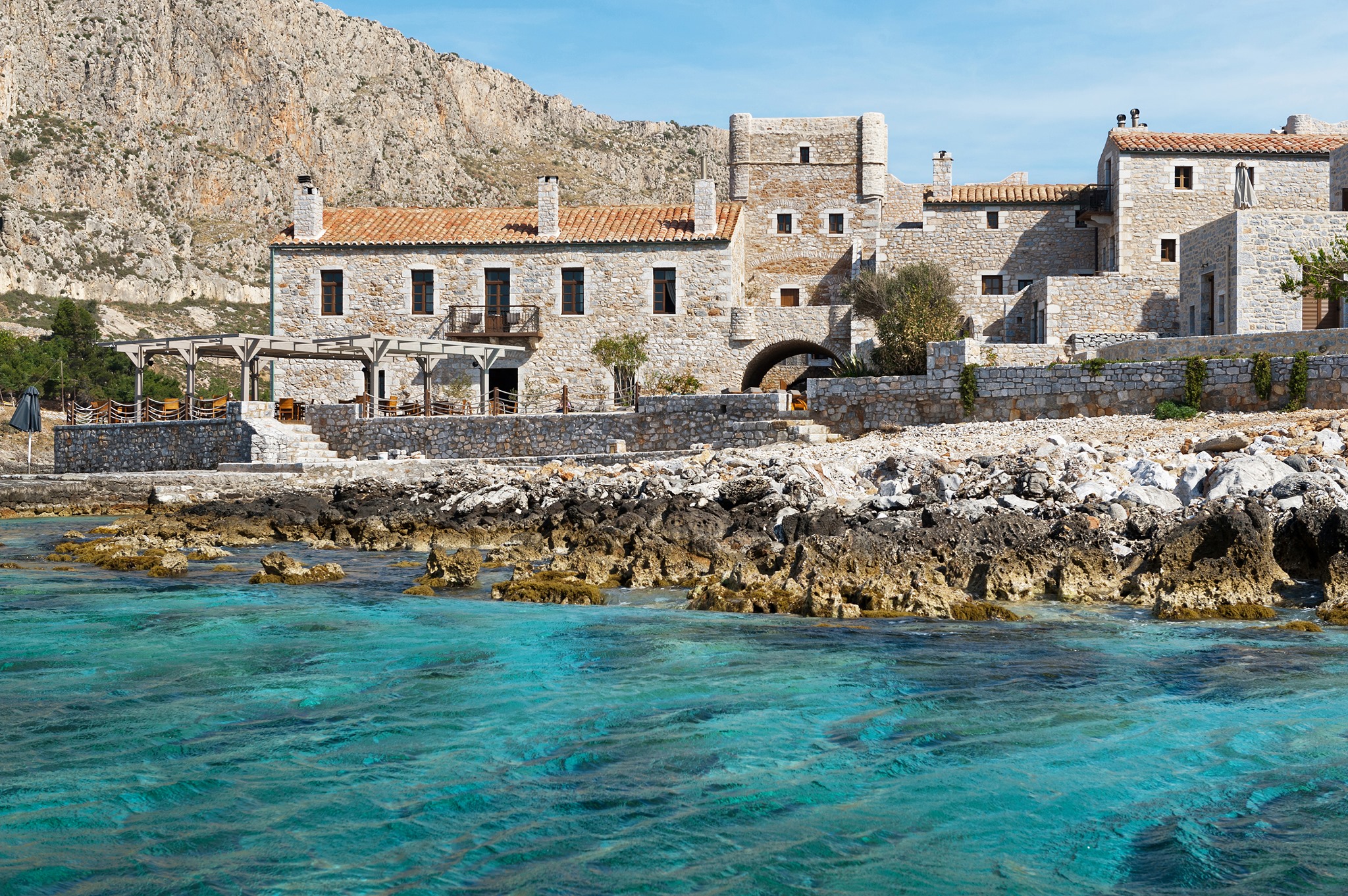The Peloponnese is a part of the country most Greeks have visited on a number of occasions. However, through the Morias 21 programme – a complete cultural tourism proposal developed by the Captain Vassilis & Carmen Constantakopoulos Foundation, featuring 21 thematic routes that combine history, culture, natural, gastronomy and recreation – individuals familiar and not so familiar with the Peloponnese have the opportunity to rediscover. The routes connect iconic Peloponnesian cities and locations, highlighting the region’s history and role of every one of these spots in the Greek Revolution of 1821.
Faces, legends, events, battlefields, guerilla warfare areas and hideouts, fortified spots, castles and tower houses, centuries-old trees, caves and hills, Nea Epidavros, a village in the Argolida region of the Peloponnese’s northeast, Navarino Bay on the west side, as well as numerous other iconic locations, including Valtetsi, Maniaki, Myloi, Verga, Dervenakia, Drabala hill, Agios Spyridonas church in Nafplion – where Greek statesman Ioannis Kapodistrias, independent Greece’s first head of state, was assassinated, on the church steps – Areopolis, the location from which the Greek War of Independence was effectively launched – are all interconnected through the Morias 21 programme. Memories turn into destinations and destinations into experiences through this programme, named after Morias, the old name of the Peloponnese used during the Middle Ages and early modern period.
The programme proposes three, five and seven-day itineraries. They pass by renowned tourist attractions and monuments and also shed light on places whose historical significance may even be unfamiliar to locals. For example, the programme’s three-day itinerary, beginning from Monemvasia, in the southeast, offers visitors an ideal opportunity to learn more about the siege of 1821 while exploring this castle town, on a small island linked to the mainland by a short causeway. Another three-day itinerary starting from Kardamyli, in the south, offers visitors the opportunity to visit the Mourtzinos Tower, where Theodoros Kolokotronis, Greek general and leader of the Greek War of Independence, stayed when he secretly returned to the Peloponnese, from Zakynthos, in January 1821, just prior to the struggle’s launch.
Proposals for the three-day excursions
The major advantage offered by these specific routes is that they can be covered independently, with your own vehicle, without the need for any tour guidance. The history is there before you and any further information you may need can be found at Morias21.com.
From Kalamata: Beginning from the city that was liberated on March 23, 1821, following the surrender of the Ottoman garrison, without fighting – one of the first events of the Greek War of Independence – visit villages, fortresses, battlefields, monuments and locations linked to military operations of general Ibrahim Pasha’s Ottoman-Egyptian expeditionary force during his stay in the Peloponnese, such as Pylos, on the west coast, where the Battle of Navarino took place.
From Nafplion: The three-day excursion beginning from Nafplion, modern Greece’s first capital city, includes Epidaurus, where the First National Assembly took place, as well as other points associated with the Siege of Tripolitsa, an early victory of the revolutionary Greek forces against the Ottoman rulers in the summer of 1821.
From Tripoli: This route passes through historic locations in the Arkadia region, all primarily associated with significant events that took place early in the Greek Revolution, in the spring of 1821.
From Monemvasia: In the summer of 1821, Monemvasia became the first fortified castle town of the Peloponnese to be occupied by the Greeks. This route passes through the rugged and historic Mani peninsula in the western Laconia region.
From Kardamyli: Visit locations and towers in east Mani that are associated with historical events and figures of the region from before and during the Greek Revolution. See the Morias 21 programme’s 21 proposed routes here.
Morias’ historic centuries-old trees
The routes are enriched by features focused on history, art, gastronomy and nature. The latter of these features, marking out centuries-old trees in the Peloponnese that stood as silent witnesses of pivotal Greek Revolution events, through historical documentation by professor Nikolaos Zacharias, is particularly stirring.
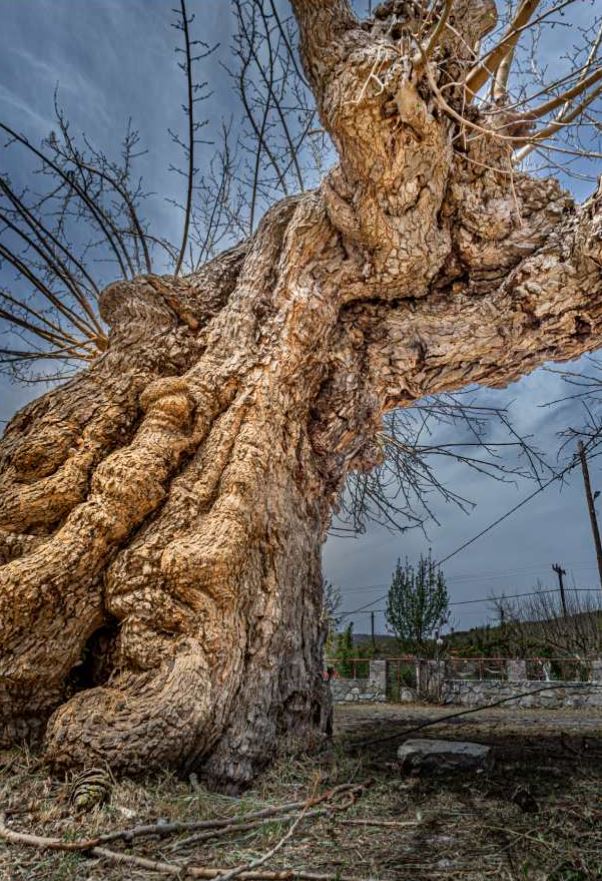
A total of 27 centuries-old trees were studied, photographed and documented in association with the University of the Peloponnese, Kalamata Environmental Education Centre, and the Agricultural University of Athens. The programme’s featured trees include a plane tree at the village Agios Floros in the southwest Messinia region, used by Ottomans to hang many Greek rebels in 1825, as well as Papaflessas’s Mulberry, associated with a bold initiative taken by the revolutionary hero Grigorios Dikaios, popularly known as Papaflessas, when he was still a child, to stop the theft of local harvest by Ottoman troops.

Greek Revolution cuisine
Following the traces of the 1821 Greek Revolution heroes, the Morias 21 programme looks into their ways of life, focusing on typical food consumed during the period. Ingredients and recipes of the period have been determined through a study conducted by the University of the Peloponnese.
The ingredients, flavours and general dietary habits of the period are referenced in a 12-recipe menu developed by chef Lefteris Lazarou titled “Dishes of the Revolution”, comprising 3 casserole dishes, a salad made with trademark Peloponnesian products, four meat recipes as well as four seafood recipes.
See all the recipes here.
The Morias 21 initiative was developed by the Captain Vassilis & Carmen Constantakopoulos Foundation with academic documentation by the University of the Peloponnese, coordinated by professor Nikolaos Zacharias and supervised by professor emeritus Thanos Veremis and professor Thanassis Christou. The programme is under the auspices of the “Greece 2021” Committee and the Ministry of Foreign Affairs’ General Secretariat for Greeks Abroad and Public Diplomacy, with strategic partnerships involving the Peloponnese regional authority, municipalities of East Mani, West Mani, Kalamata, Corinth, Monemvasia, Nafplion, Pylos-Nestoros, Tripoli, plus Messini, Oichalia and Trifylia, in association with the “Bicentennial Initiative 1821-2021”.



